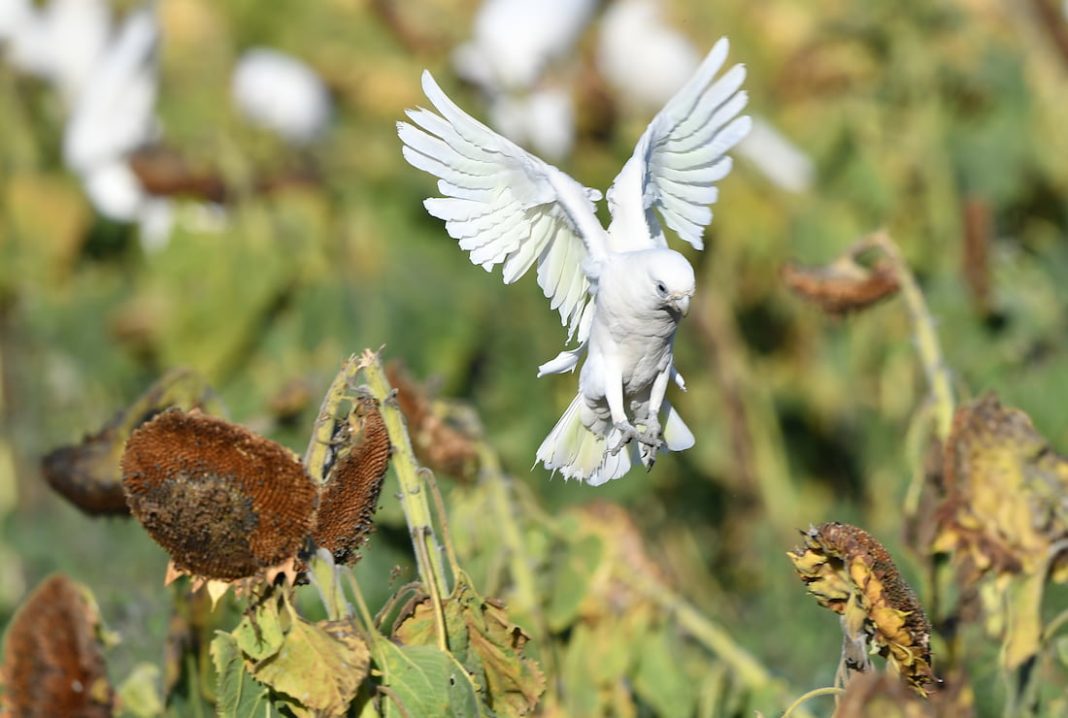It’s a case of when, not if, a deadly bird flu pandemic arrives in Australia, the country’s top medical expert is warning, as almost $100 million is allocated to deal with an outbreak.
The federal government will spend $95 million preparing for the H5N1 strain of bird flu, which has caused respiratory illness, reduced egg production and sudden death among wild birds and some mammal species in other countries.
The H5N1 strain of bird flu is different to the strain in Australia earlier this year that’s led to egg shortages in supermarkets.
Australia is the only continent without the H5N1 strain but chief medical officer Paul Kelly says it’s coming.
“It’s really when, not if, this arrives, and we’ve seen in other parts of the world, whilst there has been rather mild human disease so far, this virus is changing very quickly,” he told reporters in Canberra on Monday.
“This is about us getting ahead of the curve … Australia does have a moat and we know how to use it, so the fact that we’ve had time to actually see what’s happening elsewhere is really important.”
Professor Kelly reiterated a bird flu outbreak would not lead to human health issues, but would spread in the same way as other influenza viruses.
The federal funds include $35.9 million to boost environmental measures and protections for threatened and priority species.
Another $37 million will be invested in protecting agriculture, including boosting biosecurity and scientific capabilities, nationally co-ordinated communications and enhancing wild bird surveillance.
The remaining $22.1 million will go towards increasing the number of ready-to-use pandemic flu vaccines in the National Medical Stockpile.
Agriculture Minister Julie Collins says migratory birds will bring the flu strain to Australia, making it difficult to stop.
“What we are doing in terms of preparedness and the reason we’re doing this, is to make sure that we maintain food security and food safety,” she said.
“We have learnt a lot from what other countries are doing and how they’re responding to this bird flu.”
Environment Minister Tanya Plibersek says about 500 bird species and 80 mammal species have been affected by the bird flu strain, which could impact threatened species in Australia.
“Spring is the most likely time for it to hit because of those migratory bird species that will come in from from countries where this strain is prevalent,” she said.
“We are doing our very best to make sure that we don’t see mortality that would send threatened species extinct in the wild.”
The Invasive Species Council’s advocacy director Jack Gough welcomed the funding announcement, acknowledging Australia would not be able to stop the disease from arriving.
The funding was a “down payment for preparedness” that would allow departments to “properly (prepare) to save wildlife and stop extinctions”, he said.
“The Albanese government is finally investing a serious amount into preparation for what could be the worst environmental disaster in Australia’s history,” Mr Gough said.
The investment marked a “monumental change in the way environment biosecurity threats are managed” but more funding would be required if the flu was found in Australia, he said.
By Andrew Brown and Caitlin Powell in Canberra
Get all the latest Canberra news, sport, entertainment, lifestyle, competitions and more delivered straight to your inbox with the Canberra Daily Newsletter. Sign up here.
Feeling social? Follow Canberra Daily: Facebook | Instagram | X (Twitter) | Tik Tok | YouTube



